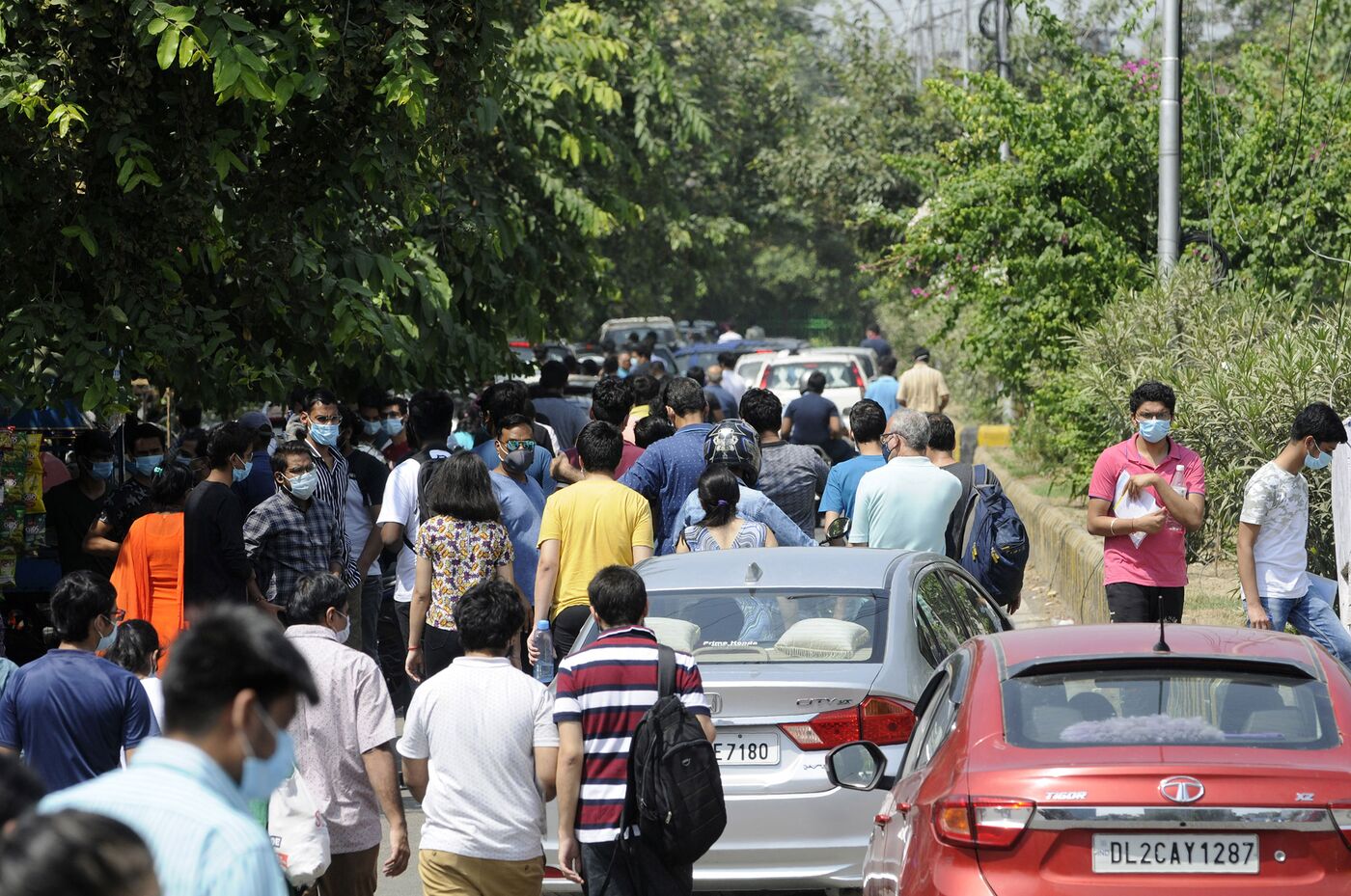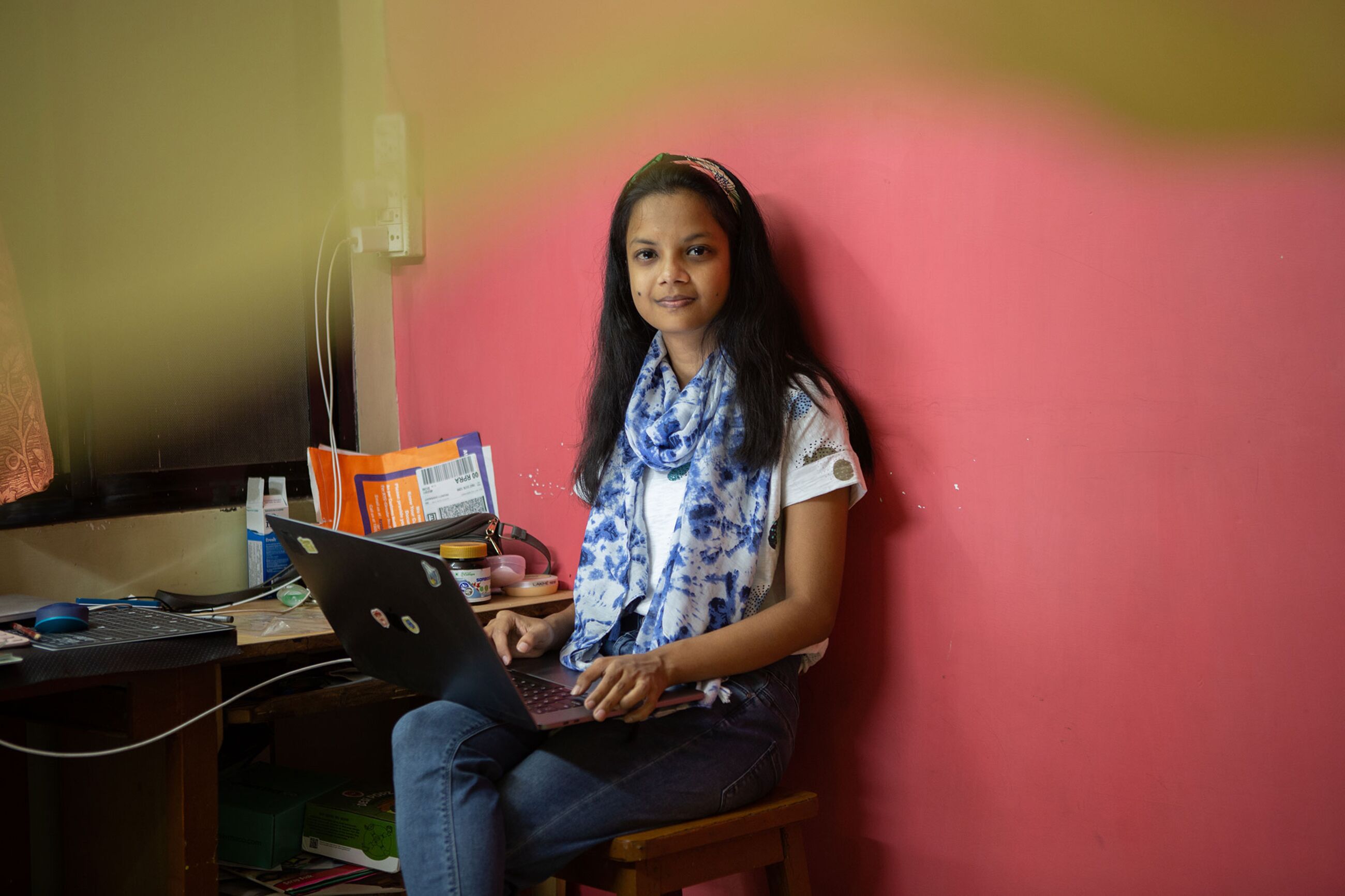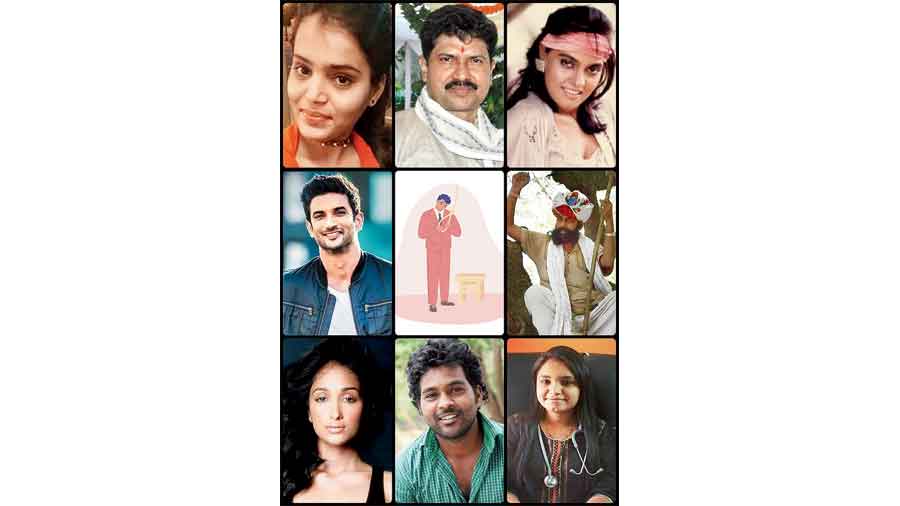Bring me back my Childhood!
I am okay with being labelled a failure. I am not okay with being deprived of my childhood.
Megha Satapathy

It is late March. And since we are running a couple of months late due to the ongoing pandemic, it is the ‘Pre-Boards’ season for teenagers who are being looked in the eye by an imminent entry into adulthood. But for most of them, who should supposedly be excited about starting a new chapter in life, this is a season of immense mental stress and anxiety.
I am one of those teens. This isn’t my story. But this is our story.
“Engineering ya Medical?”
“Ninety-seven percent? And how much did the topper score?”
“Do remember how high the cut-off for that prestigious college was last year.”
“Why exactly did you not apply for that coaching giant’s entrance test?”
“Your cousin attends the largest school in the city and goes to three different coaching classes over it, and you can’t even sit at your study table for six hours?”
“Don’t you understand that your exams are just a couple of months away?”
These questions may not make sense to the general reader. But for us, who have been at the receiving end of these questions, they make enough sense to be able to haunt us at night. And that is why it does not surprise us when the answer to all these questions ends with a simple “Let me sleep…”
These questions may not make sense to the general reader. But for us, who have been at the receiving end of these questions, they make enough sense to be able to haunt us at night. And that is why it does not surprise us when the answer to all these questions ends with a simple “Let me sleep…”
In 2017, when Nidhin, twenty-two, a student of IIT Kharagpur was found hanging from the ceiling fan of his room with a suicide note that said just those three words, a major part of the country mourned for him. But what if I tell you that almost every hour one such innocent Nidhin’s dreams are shattered? While school life is said to be the best time of one’s life, it is not only disappointing but also depressing that suicide is the leading cause of deaths among 14- to 26-year-olds. And the reason behind this disheartening statistic is not that we are ‘too sensitive to handle stress’ as claimed by many.
Picture this: Teenagers are rarely given the opportunity to speak up in important family discussions. In fact, most of the time we are not even included, because apparently, we don’t know enough. Then how do you expect us, sixteen-year-olds, to decide their careers, something which is going to affect our entire life? Why sixteen?
Picture this: Teenagers are rarely given the opportunity to speak up in important family discussions. In fact, most of the time we are not even included, because apparently, we don’t know enough. Then how do you expect us, sixteen-year-olds, to decide their careers, something which is going to affect our entire life? Why sixteen?
Children are made to choose their ‘stream’ as early as sixth grade, if not before, courtesy to the blooming coaching industry. In our entire schooling life, you do not allow us to explore anything besides our studies and suddenly one day you ask us to choose what we want to do with our life? Tell me it isn’t ridiculous! Do you really let us choose?
Because in India, despite there being a plethora of glorious opportunities, there are only two jobs that are prestigious enough: Engineer and Doctor.
Right? Few students have the inner calling to achieve something particular. When these children are compelled to choose from these minimal options early on, it only pushes them into intense confusion, which leads them into anxiety and the feeling of being a failure. And the children who do have a strong calling? They become victims of the ‘doctor/engineer trap’ and their dreams are killed even before they can take shape. In case you have been one of the lucky ones and do not understand why young people have to decide their careers so early, let me bring you that reason as well.
Thousands of students in identical attires pour into huge shiny buildings in the morning and emerge out of them only in the late evening; coaching classes are the new trend these days. As soon as we reach 9th grade, sometime even before that, we are put into coaching classes because they are supposed to be engineer/doctor-manufacturing hubs. On our first day, the sheer number of students scares us as the enormity of the competition hits. And by our first week, our minds are clouded with self-doubt and mounting anxiety.
Thousands of students in identical attires pour into huge shiny buildings in the morning and emerge out of them only in the late evening; coaching classes are the new trend these days. As soon as we reach 9th grade, sometime even before that, we are put into coaching classes because they are supposed to be engineer/doctor-manufacturing hubs. On our first day, the sheer number of students scares us as the enormity of the competition hits. And by our first week, our minds are clouded with self-doubt and mounting anxiety.
These so-called classes, that actually have made a business out of education, choke us. Yet we continue. Struggling through every single mark and each single rank, we continue, till our 10th grade starts to end.
That is when we are hit on the face by the truth that when it comes to auctioning education, schools aren’t left behind either! Entrance tests for 11th grade are conducted two to three months prior to Board exams by most, if not all, premier institutes. And we are asked by our parents to sit for most of them too. We squeeze in the preparation for these tests in between our normal schedule of studying for Boards, just so that we don’t miss that most coveted seat. Those of us who find our names in the list of qualified candidates, perform reasonably well with that boost of confidence. And those who don’t, invariably score worse in their Boards than they have the potential to. Notice the pattern yet?
And if you are one of those people who think that the problem lies with us and we should actually learn from toppers: toppers have it worse than the average student. The weight of expectations on them is much more than others. And as if the natural stress of performing well is not enough, they are taunted and rebuked for every mark they lose as well. With our teachers, our parents, everyone ultra-focused on success, nobody bothered to teach us how to deal with failure, and that it is okay to fail at times. And that is when stories like that of Nidhin enter the picture.
All our brothers and sisters, who chose to end their lives rather than live through this hell, were not weak. They were neglected. They might have appeared to have everything, but their emotional and psychological needs were not looked after. When all they needed was a helping hand, a pat on the back assuring them it was alright, we failed to be there for them and aggravated something that could have been prevented. When the matter was still at hand and professional therapy could have helped them, the age-old stigma associated with mental health came into play and they were left alone again. And when they had finally had it all, they were labelled a failure when it was the society, the system, and their parents who failed them. Yes, parents. No school, no coaching can be depressing enough when there is a warm home to return. But how far are we from that home?
We love our parents. Just as they would do anything for us, we would do anything for them as well. And they have every right to have expectations from us. But when they impose their humongous will upon us, as if the expectations we have from ourselves are not big enough, it hurts. Parents compel. They compare. Instead of supporting, they hover, and it hurts. When they ask about our marks and ranks before asking how we are, it hurts. Their intentions are not wrong. But in their attempt to give us a happy tomorrow, they snatched away our happiness today.
This story is not just about a single student or a single parent. This is about the entire system. Give us back our happiness. Give us back the thrill of running with our friends under the sun, without a single care. Give us back the joy of learning things instead of memorising. Give us back the time when we were students and not just pawns of this business that education has become. Give us back the relief of not having to worry that the next Nidhin will be someone we know. Give us back our childhood.
In case you think this issue is not crucial enough, you are part of the problem. Because this is an issue, which if not immediately looked at, holds the capacity to push the entire country’s future into darkness. The nation’s future is in our hands. And our future is in yours. Listen to our story. Hear us. Because we are the stars of future India. And how bright we will dazzle is up to you.
[1] https://www.thenewsminute.com/article/let-me-sleep-final-words-kerala-student-iit-kharagpur-he-hanged-death-60815
[2] https://ncrb.gov.in/en/accidental-deaths-suicides-india-2019

Megha Satapathy
That is when we are hit on the face by the truth that when it comes to auctioning education, schools aren’t left behind either! Entrance tests for 11th grade are conducted two to three months prior to Board exams by most, if not all, premier institutes. And we are asked by our parents to sit for most of them too. We squeeze in the preparation for these tests in between our normal schedule of studying for Boards, just so that we don’t miss that most coveted seat. Those of us who find our names in the list of qualified candidates, perform reasonably well with that boost of confidence. And those who don’t, invariably score worse in their Boards than they have the potential to. Notice the pattern yet?
And if you are one of those people who think that the problem lies with us and we should actually learn from toppers: toppers have it worse than the average student. The weight of expectations on them is much more than others. And as if the natural stress of performing well is not enough, they are taunted and rebuked for every mark they lose as well. With our teachers, our parents, everyone ultra-focused on success, nobody bothered to teach us how to deal with failure, and that it is okay to fail at times. And that is when stories like that of Nidhin enter the picture.
All our brothers and sisters, who chose to end their lives rather than live through this hell, were not weak. They were neglected. They might have appeared to have everything, but their emotional and psychological needs were not looked after. When all they needed was a helping hand, a pat on the back assuring them it was alright, we failed to be there for them and aggravated something that could have been prevented. When the matter was still at hand and professional therapy could have helped them, the age-old stigma associated with mental health came into play and they were left alone again. And when they had finally had it all, they were labelled a failure when it was the society, the system, and their parents who failed them. Yes, parents. No school, no coaching can be depressing enough when there is a warm home to return. But how far are we from that home?
We love our parents. Just as they would do anything for us, we would do anything for them as well. And they have every right to have expectations from us. But when they impose their humongous will upon us, as if the expectations we have from ourselves are not big enough, it hurts. Parents compel. They compare. Instead of supporting, they hover, and it hurts. When they ask about our marks and ranks before asking how we are, it hurts. Their intentions are not wrong. But in their attempt to give us a happy tomorrow, they snatched away our happiness today.
This story is not just about a single student or a single parent. This is about the entire system. Give us back our happiness. Give us back the thrill of running with our friends under the sun, without a single care. Give us back the joy of learning things instead of memorising. Give us back the time when we were students and not just pawns of this business that education has become. Give us back the relief of not having to worry that the next Nidhin will be someone we know. Give us back our childhood.
In case you think this issue is not crucial enough, you are part of the problem. Because this is an issue, which if not immediately looked at, holds the capacity to push the entire country’s future into darkness. The nation’s future is in our hands. And our future is in yours. Listen to our story. Hear us. Because we are the stars of future India. And how bright we will dazzle is up to you.
[1] https://www.thenewsminute.com/article/let-me-sleep-final-words-kerala-student-iit-kharagpur-he-hanged-death-60815
[2] https://ncrb.gov.in/en/accidental-deaths-suicides-india-2019

Megha Satapathy
Intern, Goa Chronicle
#ExamPressure, #ParentalPressure, #Coaching, #BoardExams, #Depression, #Suicide, #LetMeSleep, #Education, #Teenagers, #MentalHealth
#ExamPressure, #ParentalPressure, #Coaching, #BoardExams, #Depression, #Suicide, #LetMeSleep, #Education, #Teenagers, #MentalHealth
 Students appearing for the JEE Mains in Kolkata in September 2020 (representational image) | ANI
Students appearing for the JEE Mains in Kolkata in September 2020 (representational image) | ANI







 According to the National Crime Records Bureau (NCRB) 2019 data for IPC cases, a woman becomes a victim of dowry death roughly every one hour. (File photo)
According to the National Crime Records Bureau (NCRB) 2019 data for IPC cases, a woman becomes a victim of dowry death roughly every one hour. (File photo)